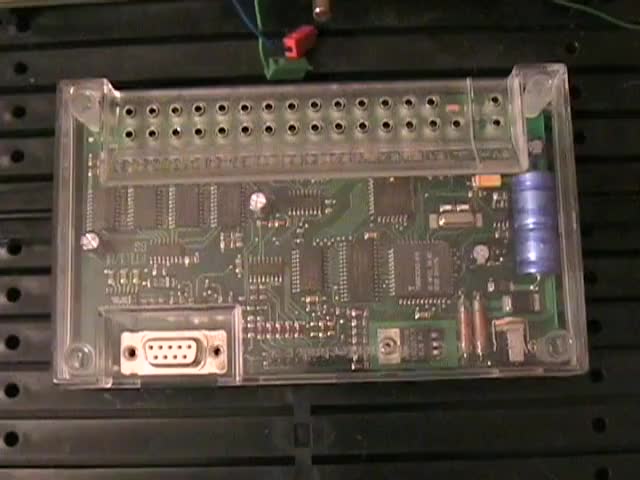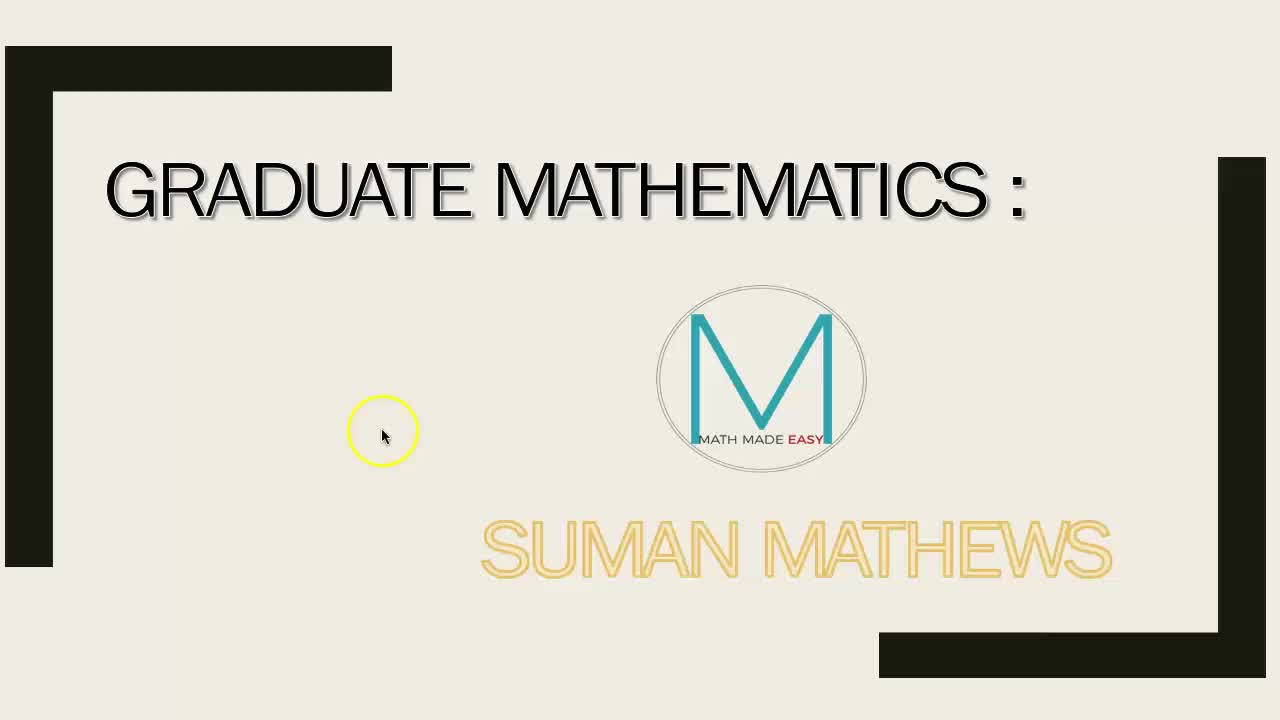College and University > Science > Chemical Engineering Videos
Engineers make a whole lot of neat stuff, from microchips to mechanized bridges. Engineering itself is a very diverse field covering many areas: civil, mechanical, chemical, electrical, electronics, industrial, mining, geodetic, and so much more. One thing that all engineers have in common is how they use scientific principles to solve real-world problems. The way they do this is usually by creating useful machines and structures.
Take a simple bridge going across a river, for example. It may not look like a very complicated structure, but the engineers who designed it made a lot of effort to make sure it's strong and stable. They had to do countless calculations, drawings, and simulations before building the bridge. Thanks to all that work, though, the bridge is tough enough to handle all the cars, trucks, and buses moving across it every single day.
Engineering teaches students to be creative problem-solvers on a large scale. Engineers are usually the people who take scientific discoveries into the real world, so they work with things that are bigger than those in a laboratory. For example, a new antibiotic may just be in one small vial in a lab when it was first developed. But once it's made available to the mass market, chemical engineers would have to make the antibiotic on a really huge scale – in the millions of vials. Simply said, engineering is the field that finds ways to mass-produce the things made in a lab.
Different engineering fields may also work together to create one structure. For instance, a tower carrying power lines needs the skills of both a civil and an electrical engineer. The civil engineer takes care of the tower while the electrical engineer makes sure the wires are put in the proper place.
Engineering is not an easy field, nor does it rank lower than science. Instead, science and engineering work in tandem to further improve the technologies we have today. In turn, science and engineering make people's lives better and easier.








